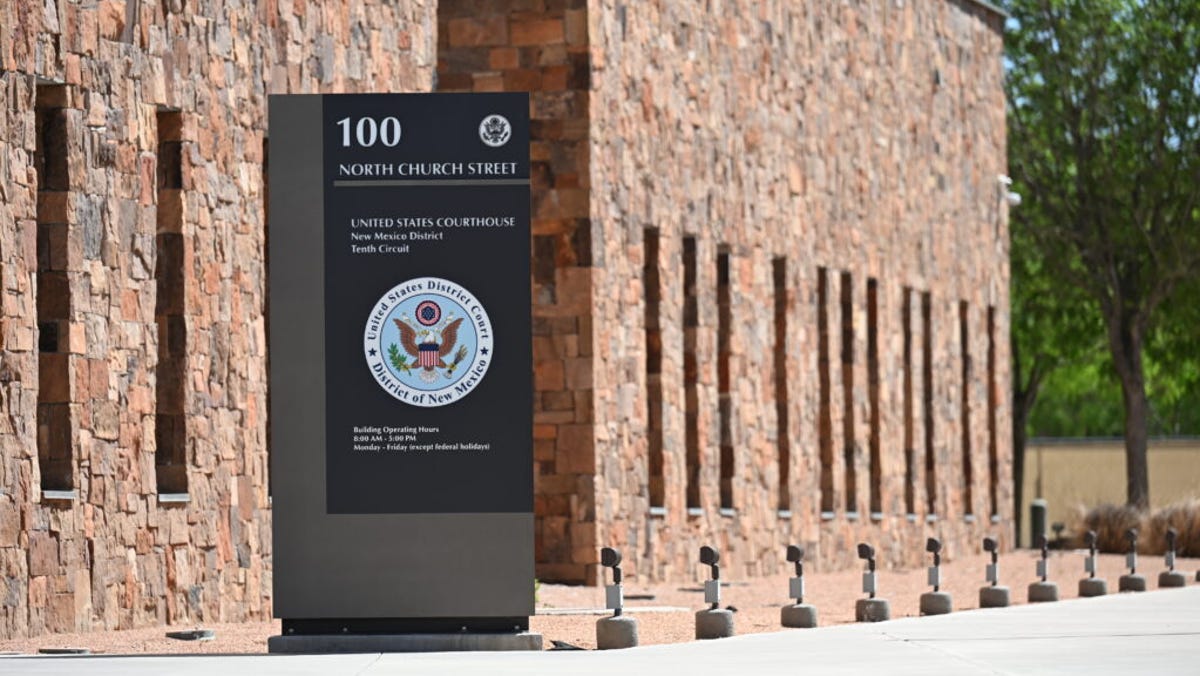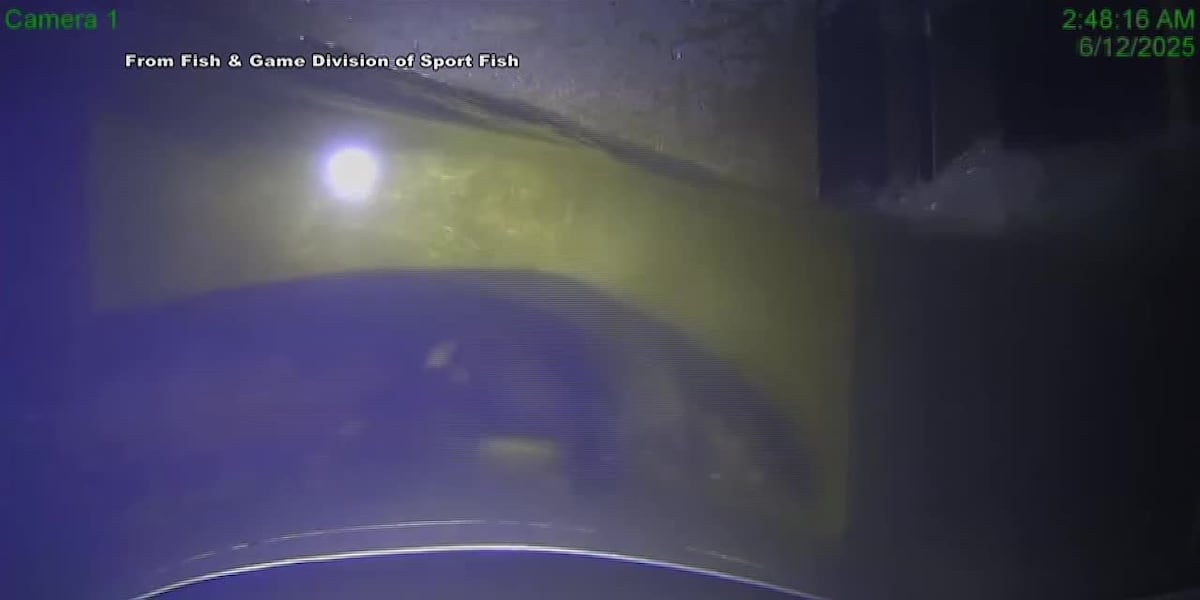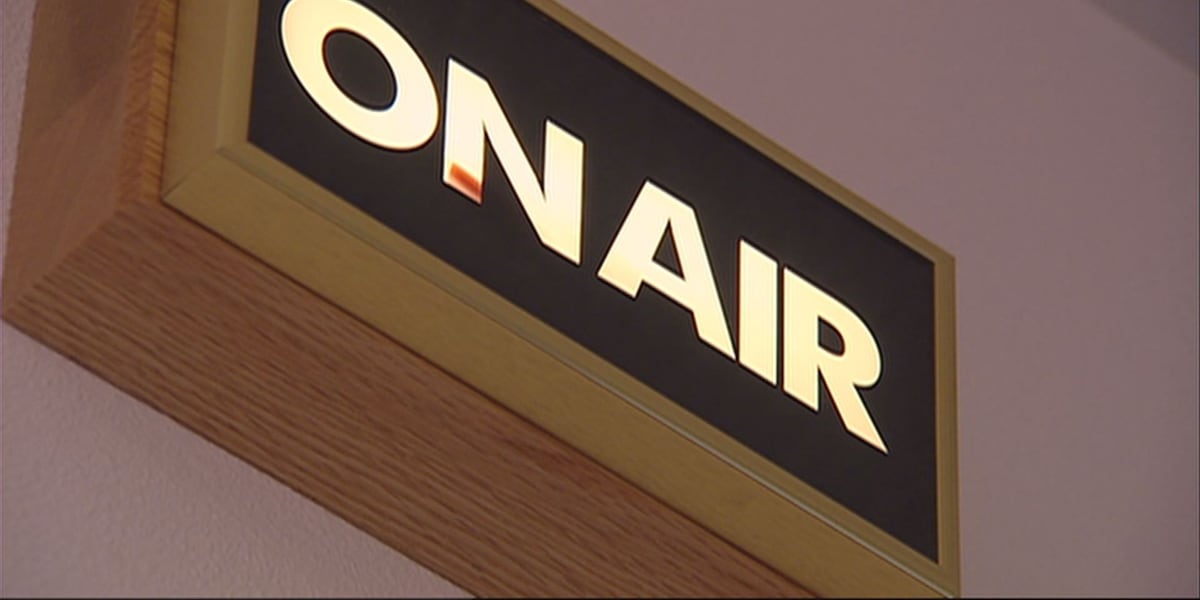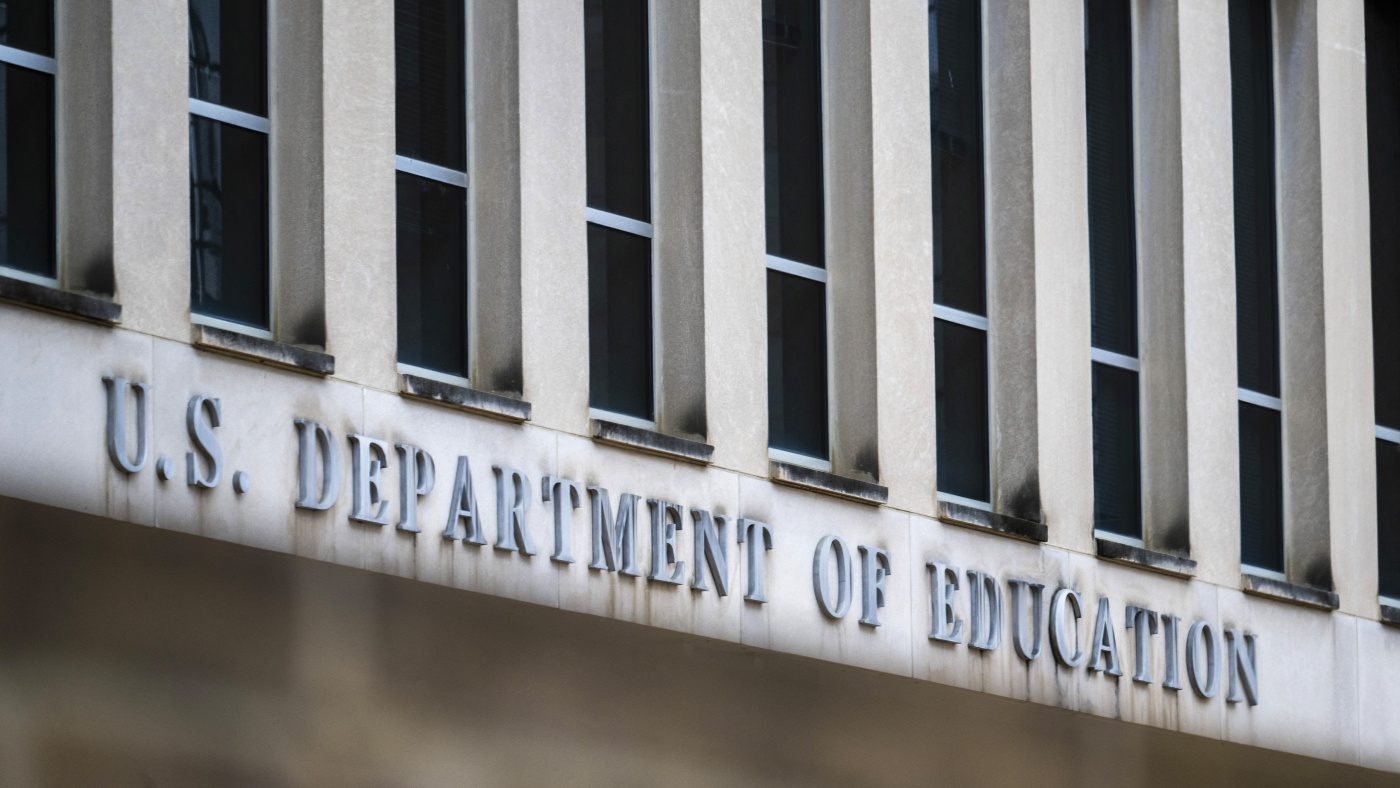When Raven Tulugak Lopez got an eviction notice on his door, it came with another piece of paper that listed resources to help avoid eviction. He was behind on rent by about $900 and was a couple weeks out from a paycheck.
“It’s been really tough with inflation and everything,” he said. “The cost of food here in Anchorage, from a year ago to now, literally almost doubled on a lot of the stuff we get.”
He has lived in the same apartment in the Muldoon area of Anchorage for four years, with his wife, his 12-year-old daughter and now his 5-month old son, who just started teething. But this year, he said his rent leapt from $995 to about $1,260 — a more than 25% increase — while his wages in the meat department in a local supermarket didn’t go up at all.
Lopez called a few names on the list of resources and was eventually connected with the Alaska court system’s eviction diversion program, which is new this year.
He said his landlord was understanding, and waited on eviction proceedings when they heard he was working on a solution.
Eviction cases in Alaska are returning to pre-pandemic levels as COVID-19-era eviction moratoriums and rental assistance programs end. Meanwhile, the cost of goods, home prices and the cost of rent have risen statewide.
This has put pressure on the lives of many tenants; eviction can lead to instability or homelessness. It’s also prompting Alaska’s court system and social service agencies to consider new ways to ease that pressure for tenants — and landlords, who are also experiencing a financial crunch.
Eviction diversion
A court-ordered eviction can live on someone’s record forever, which can reduce their chances of finding stable housing. And Will Walker, a staff attorney who runs the Alaska court system’s eviction diversion program, said it can help solve eviction disputes before they reach the courtroom and connect people who must leave their housing with resources.
“A lot of landlords are unwilling to rent to tenants with an eviction on their record, or at least it poses a barrier,” he said.
Walker said landlords are more likely to rent to an applicant without a record of eviction, and that the record could even be a barrier to accessing certain public housing benefits.
The eviction diversion program launched in March. Walker said its existence is a recognition of the pervasiveness of homelessness across the state — and the courts’ role to assist. Most tenants and landlords are trying to do the right thing, he said, but don’t understand the legal system very well.
He said the program’s goals include mediating eviction disputes before they make it to court and educating both landlords and tenants on how the justice system works around evictions. It also includes connecting people with community resources if they do have to leave their homes — either through mutual agreement with the landlord or a court order.
Recently, he worked with Debra Thomas after she got an eviction notice from her apartment on the Kenai Peninsula. Thomas said her heater wasn’t working and the landlord wouldn’t fix it, so Walker attempted mediation. “He did whatever he could to help me and I really appreciate it,” she said.
Thomas’ landlord didn’t want to participate in mediation, but Walker connected her with Alaska Housing Finance Corporation, which helped her find an apartment in Kasilov before her eviction case went to court.
“I just found it was best that this opened up and I took it,” she said, referring to her new apartment.
Walker said the program serves between 10 and 20 people a week. Sometimes he helps landlords navigate the eviction process, but he mostly hears from tenants who have gotten an eviction notice or have had an eviction case started against them. “They’re trying to navigate what to do and wanting information on the process,” Walker said.
There’s a lot at stake: Walker said eviction is a significant entry point into homelessness and a barrier to finding housing in the future. The vast majority of people who reach out to the program are threatened with evictions because they are unable to pay rent.
“It feels really great when I’m able to help people,” he said. “Sometimes there’s not much that can be done. One of the limiting factors is just the availability of resources and services in the community.”
One of those resources is rental assistance. The state was flush with it through the pandemic, but now it’s much scarcer.
Over the course of the pandemic, the Alaska Housing Finance Corporation distributed more than $250 million in federal rent relief. The program allowed people to hang on to their leases because it paid rent directly to their landlords. It helped more than 66,000 Alaskans stay housed, according to the corporation’s data. That program ended in 2022, and social service providers say that people have missed the help.
“That well has dried up”
Mercy Pulou, who runs homelessness and family programs for Catholic Social Services, said she works with families who no longer receive federal rent relief dollars.
“The trend that is often repeated is that the funding for the COVID dollars is — that well has dried up,” she said.
The well isn’t completely dry — Alaska Housing Finance Corporation still offers a stabilization grant that houses people who are experiencing homelessness for a year — but the rental assistance program for people with leases is over. Catholic Social Services was a partner with the corporation to distribute pandemic rental assistance.
One of the programs Pulou runs still does something similar to what the federal pandemic rent relief money did — it helps people who already have housing stay in their homes. Basic Housing Assistance provides one-time financial help for people who have received an eviction notice, called a notice to quit. But Pulou said there’s a very limited amount of those funds. Catholic Social Services can only help about 70 households a year.
“We’ve been seeing a lot of requests come through for households that are looking for assistance to pay for rent,” she said. “Sometimes we have folks that have either lost jobs, or maybe they were on a rental assistance program. And those funds have run out and they haven’t quite attained enough income to make ends meet.”
She said that when other aid services fail, it can lead to housing insecurity, too. When thousands of families lost access to food stamp benefits over the last year, it meant tough financial choices for some of them. “Some of the households have reported choosing between putting food on the table, feeding the children, or paying the utilities or paying the rent,” she said.
But she said the end of pandemic assistance isn’t the toughest part of the post-pandemic housing landscape — what’s really hurting renters is that the housing market has changed significantly. So as pandemic-era assistance programs end, renters are facing a much tougher market and higher monthly rent.
“Prior to the pandemic, a one-bedroom would be under $700. Now, that same one-bedroom is probably $1,200 to $1,400 a month,” she said, citing costs for low-income housing in Anchorage.
“Families that would have been able to be on their own are now doubling up, they’ll pool resources. We have multigenerational households and sometimes that doesn’t work out well with a landlord because of the household size, and the number of people that they want for the apartment,” she said. For example, six people will squeeze into a three-bedroom apartment, or more than eight people will live in a single-family home, she said.
Tenants are falling behind on rent
Inflation, heightened housing costs, and the end of pandemic-era housing protections are stressing landlords as well as renters.
Kassandra Taggart, a property management broker for what she described as “middle-income” properties from Wasilla to the Kenai Peninsula, said she hasn’t seen an increase in evictions on the 700 properties she manages, but she has seen more tenants fall behind on rent.
“Anytime a tenant doesn’t pay, we work really hard on creating payment plans and connecting them to resources to avoid evictions,” she said. “But I am having an increase in people that are having temporary issues with life — whether it’s job, whether it’s family, whether it’s the car broke down, something of that nature — that has increased. Seeing the number of people tight on funds has increased.”
Taggart said that tightness is true for landlords, too, who often rely on rent payments to pay their own bills. She runs a group for landlords on social media.
“The day that you’re not paying rent is the day that they’re also not able to pay any of their bills,” she said. “They’re in jeopardy of not being able to pay the mortgage, the taxes, the insurance, that plumber that they just had to take care of and all the other outstanding bills that are associated with the property.”
A few resources for tenants and landlords:
• Alaska Legal Services Landlord Tenant Helpline
• Alaska Court System Eviction Mitigation Program
• Alaska Housing Finance Corporation
She said it’s why her company encourages direct communication between tenants and landlords — and why she thinks the state court system’s eviction diversion program is on the right track.
It worked for Raven Lopez, in Anchorage. He is employed, so he qualified for some of the limited rental relief funds that are available in the state through the United Way. On Thursday, he got a check that covered his past due rent. Now he and his family can make a plan for next month.
“The only thing I think I could really do is get another job, you know, part time and keep doing what I’m doing full time,” he said. “Everything has just gone up a crazy amount.”
He said he wants other people to know about the eviction mitigation program. It doesn’t always lead to rental assistance, but it can also connect renters to information and other resources.
Originally published by the Alaska Beacon, an independent, nonpartisan news organization that covers Alaska state government.

:quality(70)/cloudfront-us-east-1.images.arcpublishing.com/adn/HWETNHX7SFDYHNKFODHAKMW5EQ.jpeg)


























